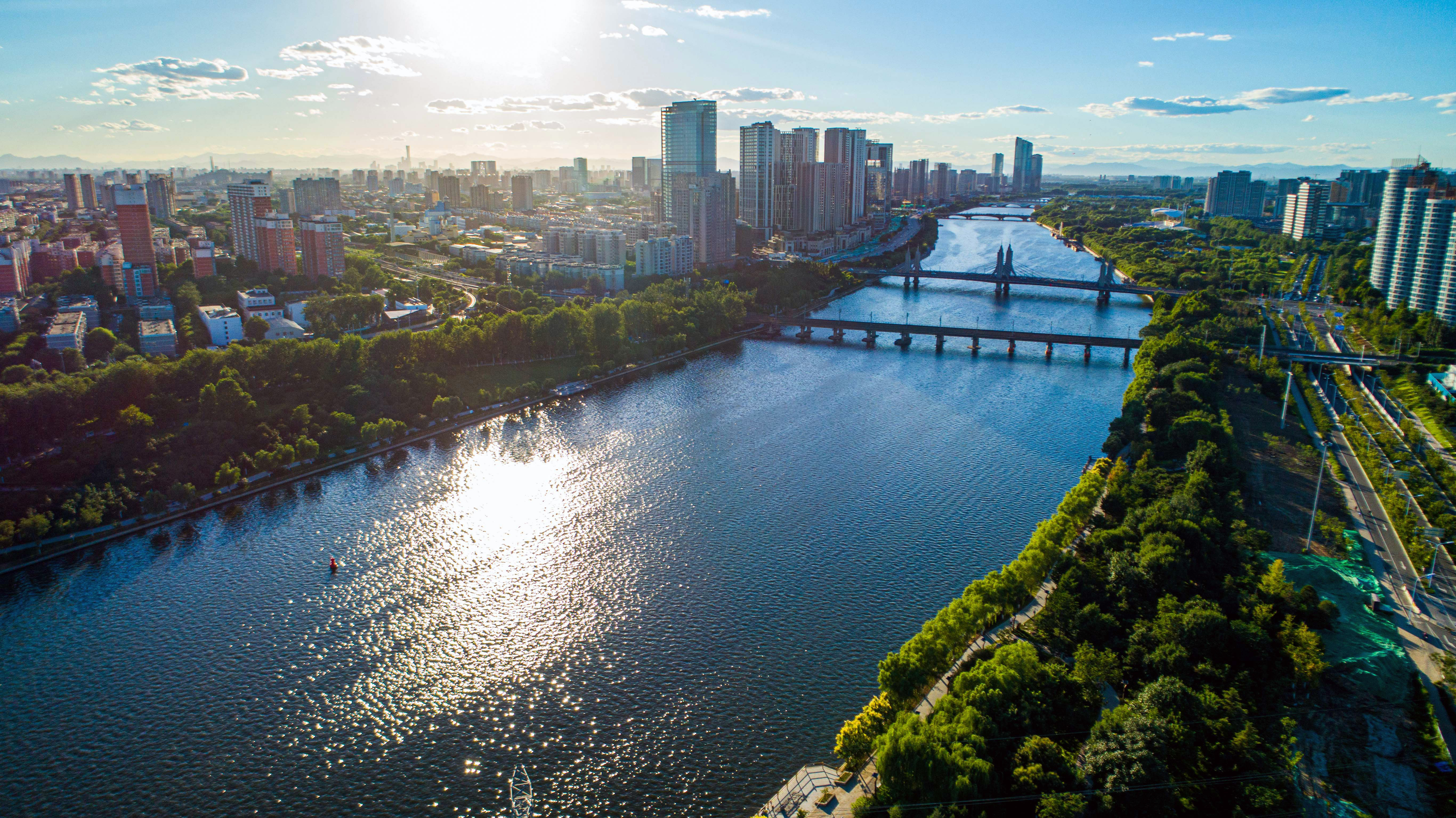China's efforts to preserve cultural heritage
- By Ershad Shikdar
 0 Comment(s)
0 Comment(s) Print
Print E-mail China.org.cn, October 13, 2022
E-mail China.org.cn, October 13, 2022

Over the last 10 years, China has accomplished its objectives to preserve its cultural heritage, ranking second in the world in terms of the number of global heritage sites recognized by UNESCO.
During my almost four years in Beijing, I have observed how the country attaches great importance to the preservation of its heritage.
China joined the International Convention Concerning the Protection of World Cultural and Natural Heritage in 1985 to elevate its endeavors in preserving its heritage to global standards. The country has also undertaken national research projects on tracing the origins of Chinese civilization.
Now China boasts 50 world heritage sites recognized by UNESCO; of them, 35 are cultural, 11 are natural heritage sites, and four are cultural and natural (mixed) sites, placing it second in the world by volume.
I have been to many of them, including the Summer Palace, the Temple of Heaven, the Great Wall, and the Grand Canal. The visits have helped me learn how rich China is culturally and how the country has long been discovering and preserving its treasures.
Exploring the Terracotta Army is one of my favorite memories during my time in China. I was mesmerized by the sight of those funerary warrior sculptures in Xi'an, Shaanxi province. While visiting the pits of the life-sized army, I was amused to be briefed that the warriors with bigger bellies held higher ranks.
I also learnt that the army is a collection of terracotta sculptures depicting the army of Qin Shihuang, the first emperor of the Qin dynasty (221-206 BC). The army was equipped with real weapons, including swords, daggers, spears, lances, battle axes, scimitars, shields, crossbows, and crossbow triggers. The army comprised more than 8,000 soldiers, 130 chariots with 520 horses, and 150 cavalry horses.
The funerary sculptures are among the first batch of national key cultural relics protection units and also among the first batch of Chinese World Heritage sites. They are dubbed as the "eighth wonder" of the world, attracting more than 200 foreign heads of state and governments to visit them. They have also featured in famous films about ancient China's brilliant civilization and are considered one of the world's top 10 ancient tombs.
China also believes the protection of intangible cultural heritage is the task of all of humanity, joining the Convention for the Safeguarding of Intangible Cultural Heritage in 2004.
China has since made significant progress in the preservation of its heritage sites. The country undertook its first large-scale renovations on seven world cultural heritage sites in Beijing, including the Ming Tombs, the Great Wall, and the Forbidden City, all of which were completed before 2008.
Moreover, from 2005 to 2009, China carried out its first nationwide census of intangible cultural heritage, counting nearly 870,000 intangible cultural heritage resources, with several of them inscribed on UNESCO's list of Masterpieces of the Oral and Intangible Heritage of Humanity.
One of the 42 intangible cultural heritages is Tai Chi, the traditional physical exercise, which you will often see many people practicing in parks. The Chinese believe that Tai Chi can bring them health and peace of mind through its signature slow circular movements.
I have also experienced acupuncture, another intangible heritage of China, several times in and outside Beijing. It is an important feature of traditional Chinese medicine (TCM).
While receiving acupuncture treatments, TCM doctors will apply needles to puncture and stimulate chosen points on the patient's body. Every time I experienced acupuncture, I went through a rollercoaster ride, feeling both pain and relaxation during the treatment as well as after it was complete.
Over the past decade, Chinese local governments have included the preservation of cultural heritage as an important element in their performance evaluation systems.
The number of provincial-level cultural relics protection units has increased by 58%, and that of municipal and county-level units has grown by 88%. Meanwhile, tens of thousands of curated or excavated valuable cultural relics have been restored to a better state.
The number of museums nationwide has increased by 60%, and massive technological breakthroughs have been made in cultural relics protection, including underwater, with Chinese archaeologists recently breaking new ground in deep sea archaeological missions.
China has already come a long way in preserving its cultural – both tangible and intangible – heritage in recent years. The country has proven its mettle in transforming cultural heritage into an effective tool for socio-economic development. I believe that China will apply modern technologies to the restoration and preservation of more of its relics in the years to come.
Ershad Shikdar is a Beijing-based journalist and opinion writer.
Opinion articles reflect the views of their authors, not necessarily those of China.org.cn.
If you would like to contribute, please contact us at opinion@china.org.cn.






